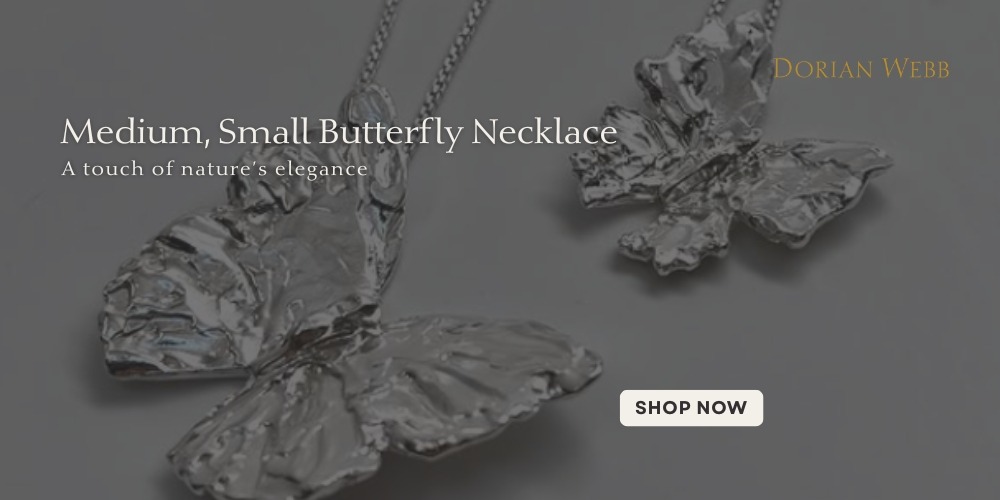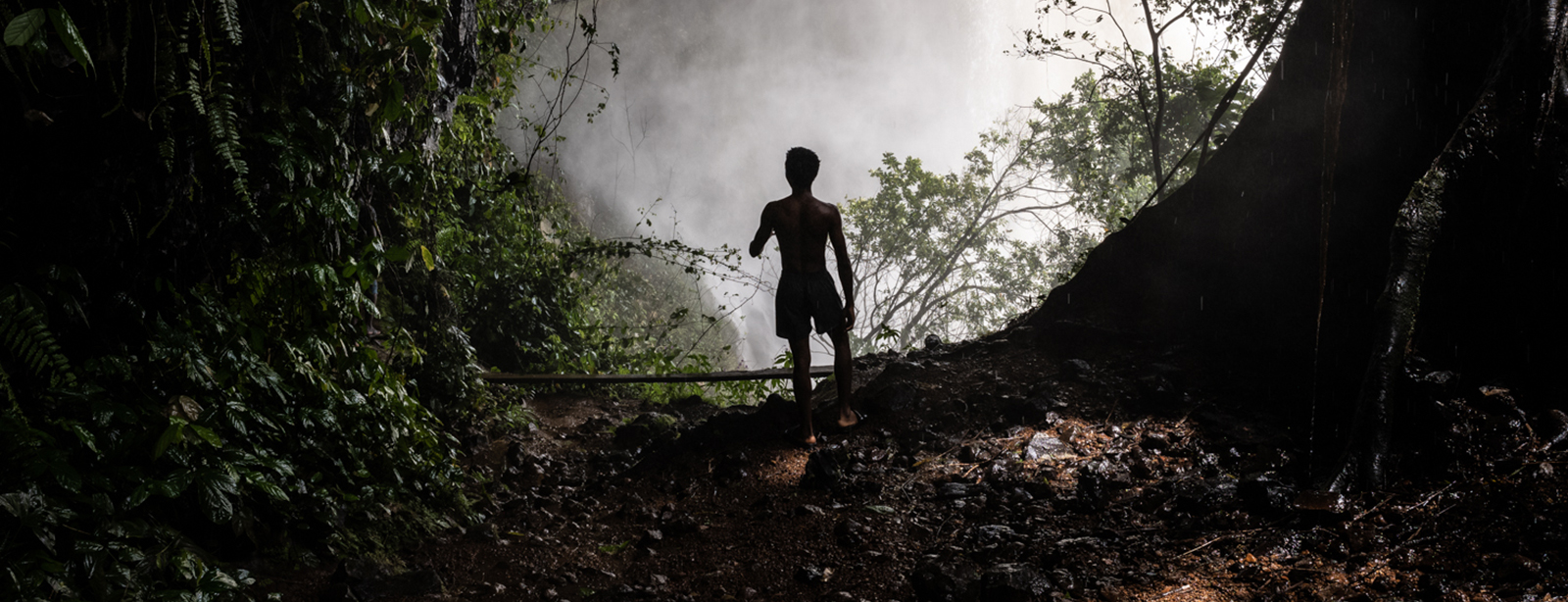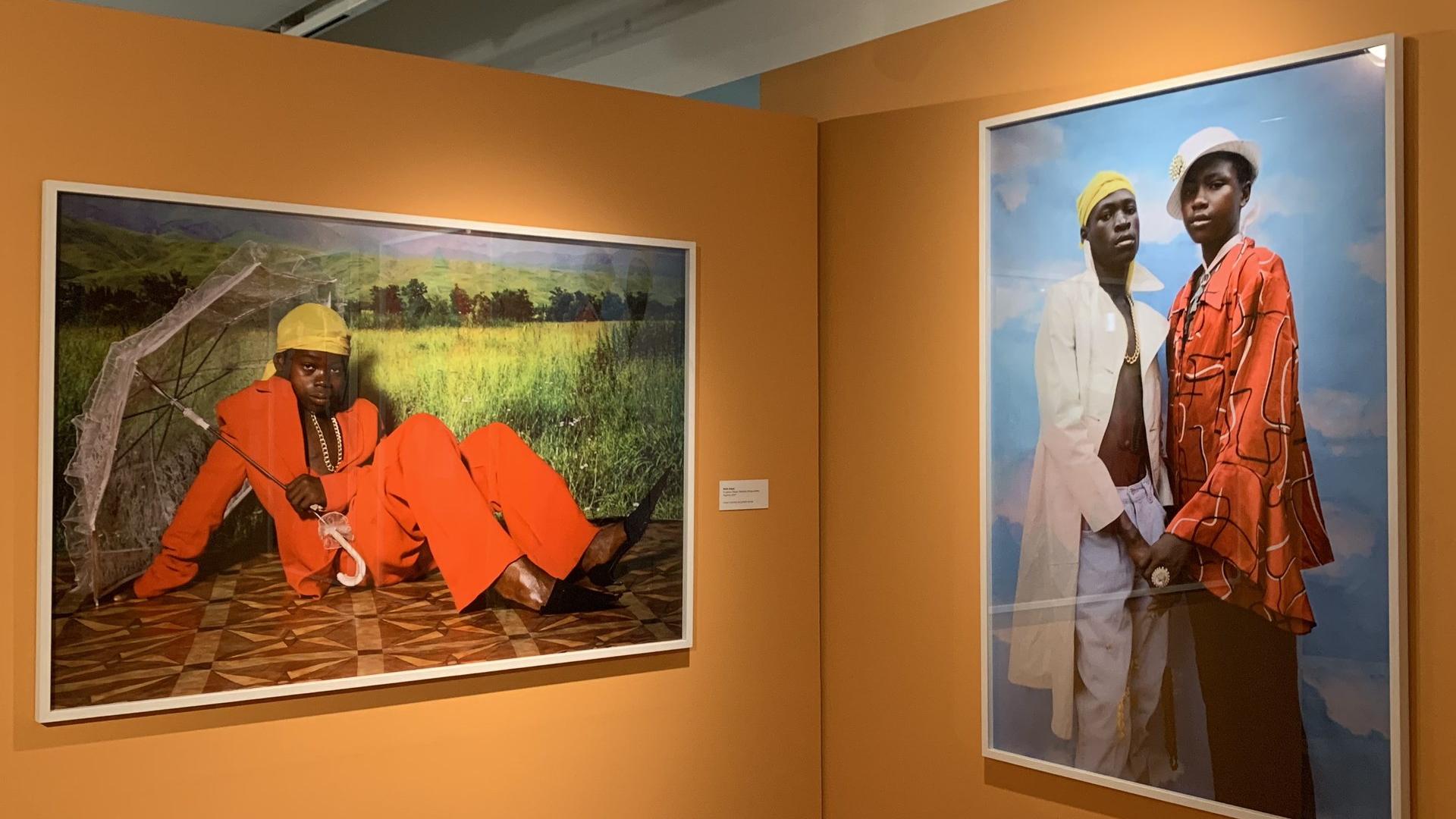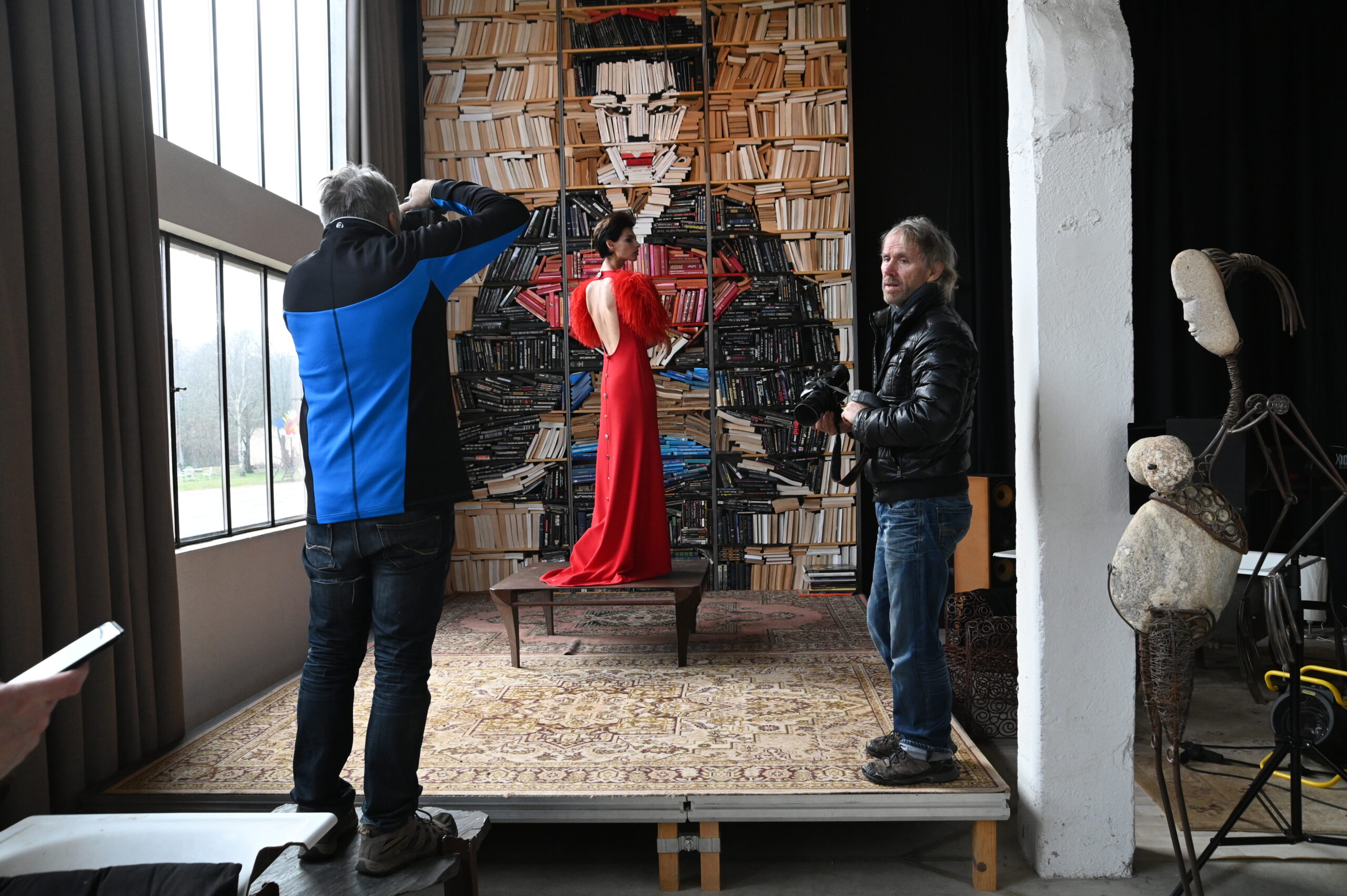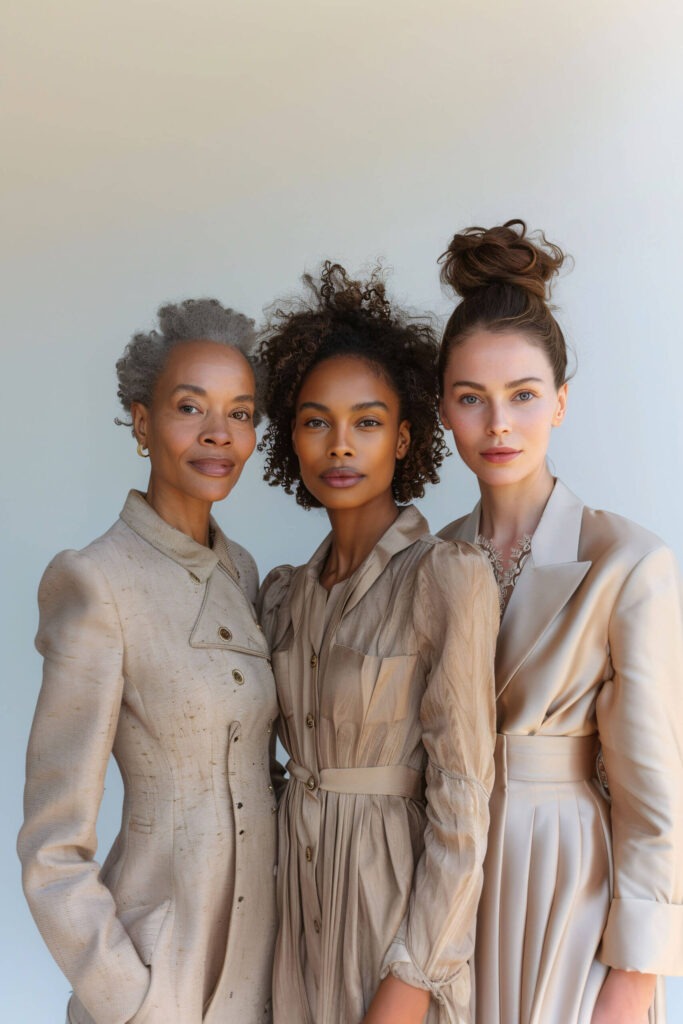Before the read
Emeka Okereke is a multidisciplinary artist whose work explores borders, identity, and African movement through creative collaboration.
It’s a powerful African art road trip where artists travel across the continent to connect, document, and inspire through shared experiences.
By merging lived stories with creative expression, artists like Okereke turn each journey into a reflection on belonging, transformation, and place.
Borders are an interesting concept. An invisible line that divides our land. A line that separates us. It defines us, limits us, shapes our cultures, and sets a false notion of self. Emeka Okereke is a multidisciplinary artist who focuses on borders and movement. There are no borders within the mediums that Okereke uses. The artistic director of Invisible Borders uses photography, video, writing, performative intervention, and music to navigate the concepts of movement and the dynamics of society. The immersive artist takes each viewer on a journey.
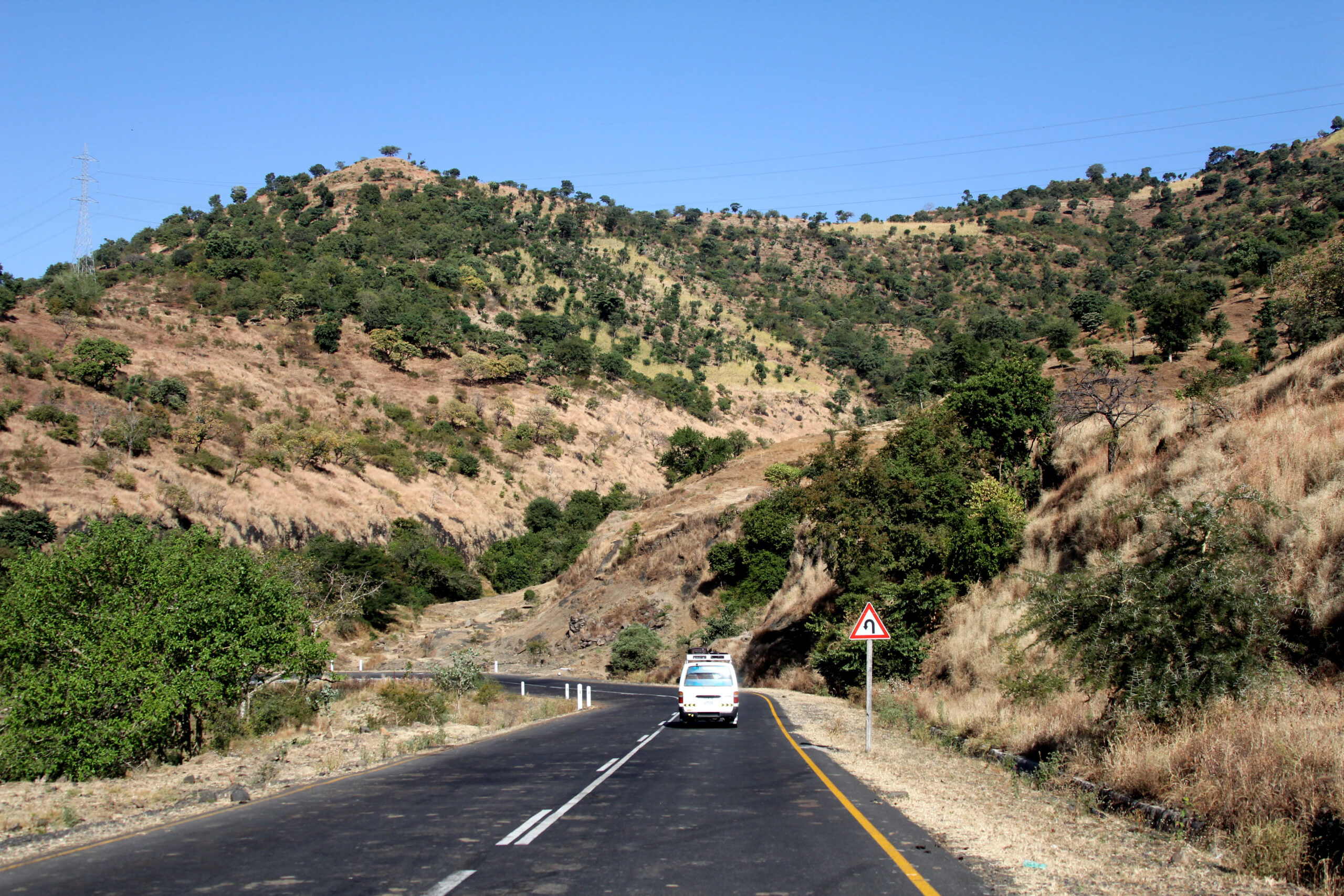

Emeka Okereke’s Invisible Borders
The Invisible Borders Trans-African Project is an artist-led initiative and a non-profit founded by Okereke.
The Trans-African Road Trip project is the heart of the organization and the core of its missions. A project where a collective of artists, amongst them photographers, videographers, and writers, join together to embark on a journey set in a van that will lead them across the African Continent, to explore, reflect and engage with the environment that surrounds them, and the people they encounter along the way.
The project started in 2009, with the first road trip from Lagos to Bamako, in a black Volkswagen minibus. The use of various mediums is central to the project, as it aims to create a performative experience where the road path guides the project’s path. Okereke believes that the collaboration of mediums allows us to expand them greatly, and he believes that we need more writers to put photography into context, as these two types of art complement each other and allow the work to become performative.
The truth is, if you put a bunch of talented artists in a van, traveling the roads of different countries for a long period of time, you have a recipe for some pretty amazing things. There’s no need to plan a theme as this naturally unfolds. Okereke understood this early on, “I realized that all you have to do is get people on the road first, then everything else will happen. It’s a long body of work that has lasted for over 10 years now, where the theme can simply be what the road offers.”
A simple concept with a powerful message. In his eyes, we are a manifestation of a changing world, a world that calls out for a planetary way of thinking, so for Okereke, the work naturally deals with the idea of movement. The idea of art becoming a bodily experience is a central part of the project, and Okereke embodies his work in a way that the borders between his personal life and his work blend as one. He reflects on the importance of the work developed, “I don’t do this just for the play of it; I really believe that it has the possibility of changing the course of humanity. It’s not about how we do it or the scale of it; that’s only relative. It’s the consistency, the honesty of it. These things are powerful enough to change the course of humanity. It’s in this light that we look at such a project like the Trans-African Road Trip, knowing that this is a place where artists come, get nurtured, and then they carry this to the atmosphere of action and manifestation.”
For each road trip, the team at Invisible Borders promotes an open call for artists, and lets talent find them. This is part of the essence of the organization, amplifying and elevating emerging local talent.
Naturally, there are challenges that come with this type of project, where former strangers spend a lot of time together, sharing a different reality outside of their own contexts. Handling logistics, managing expectations, and dealing with different types of personalities, can be a challenging aspect of the work, but for Okereke, the sets of challenges presented are also what allows the project to be open to different possibilities.
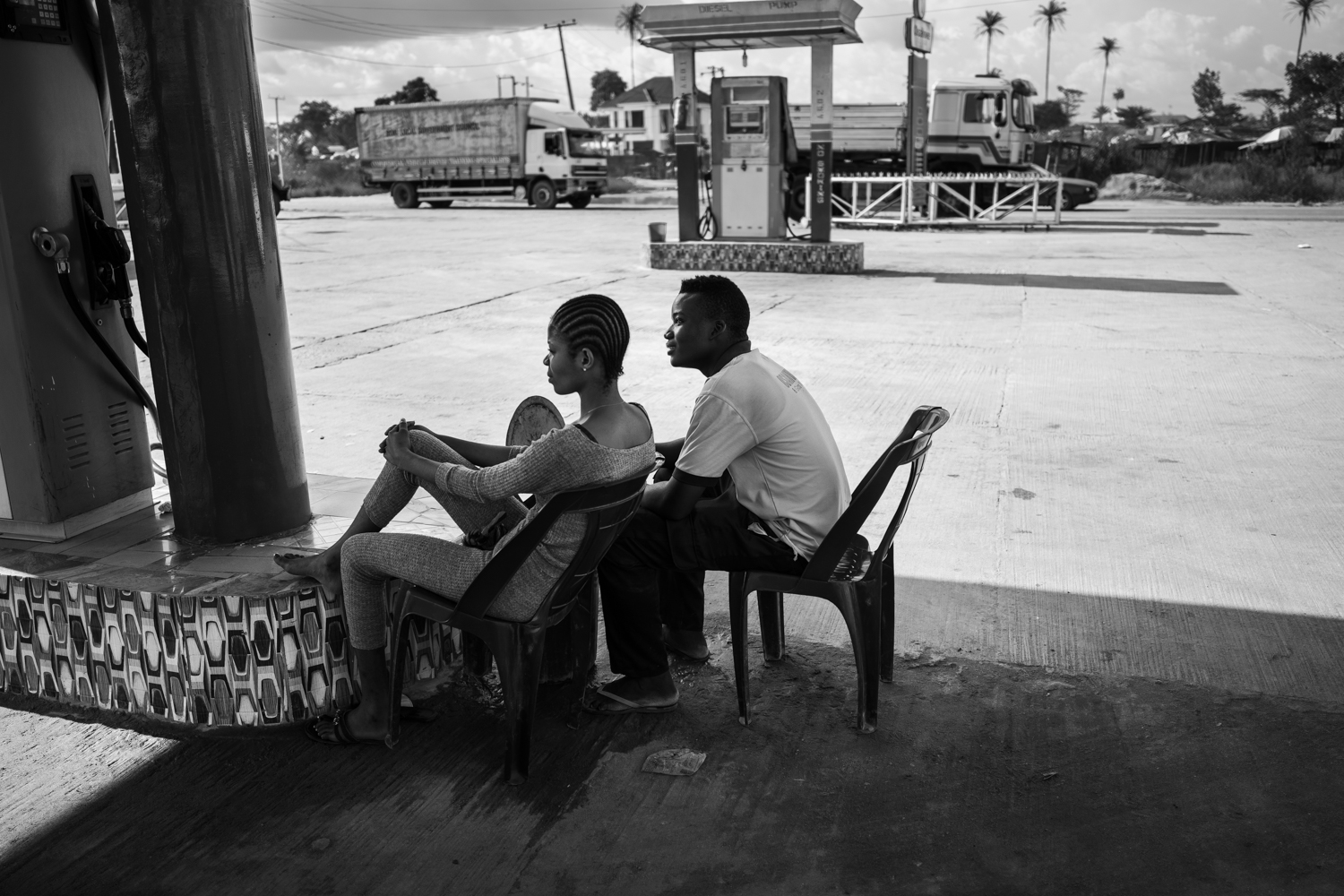
The journeys that started it all
Okereke’s artistic journey started 21 years ago, but in hindsight, it started long before.
His first road trip was, in fact, at a very tender age and fundamental to where he is today. As a young child, he suffered a severe illness, and his mother made the decision to travel across Nigeria to take young Okereke to his grandmother, a powerful healer that saved his life and continued to strengthen his body. He reflects on how meaningful this moment was, “Without this body, there’s nothing. Part of the initial healing has also partly sustained me artistically and as a person.”
He also reflects on his father’s impact on his personal and artistic development.
From a young age, his father instilled the importance of being useful to the people around us and taught him to question the real reasons why we work and what we work toward. From his father, he learned that work could be utilized as a self-manifestation tool.
With these two grand inspirations in his life, art followed naturally. “When I met photography, my dad and grandma had already laid the foundation,” he says.
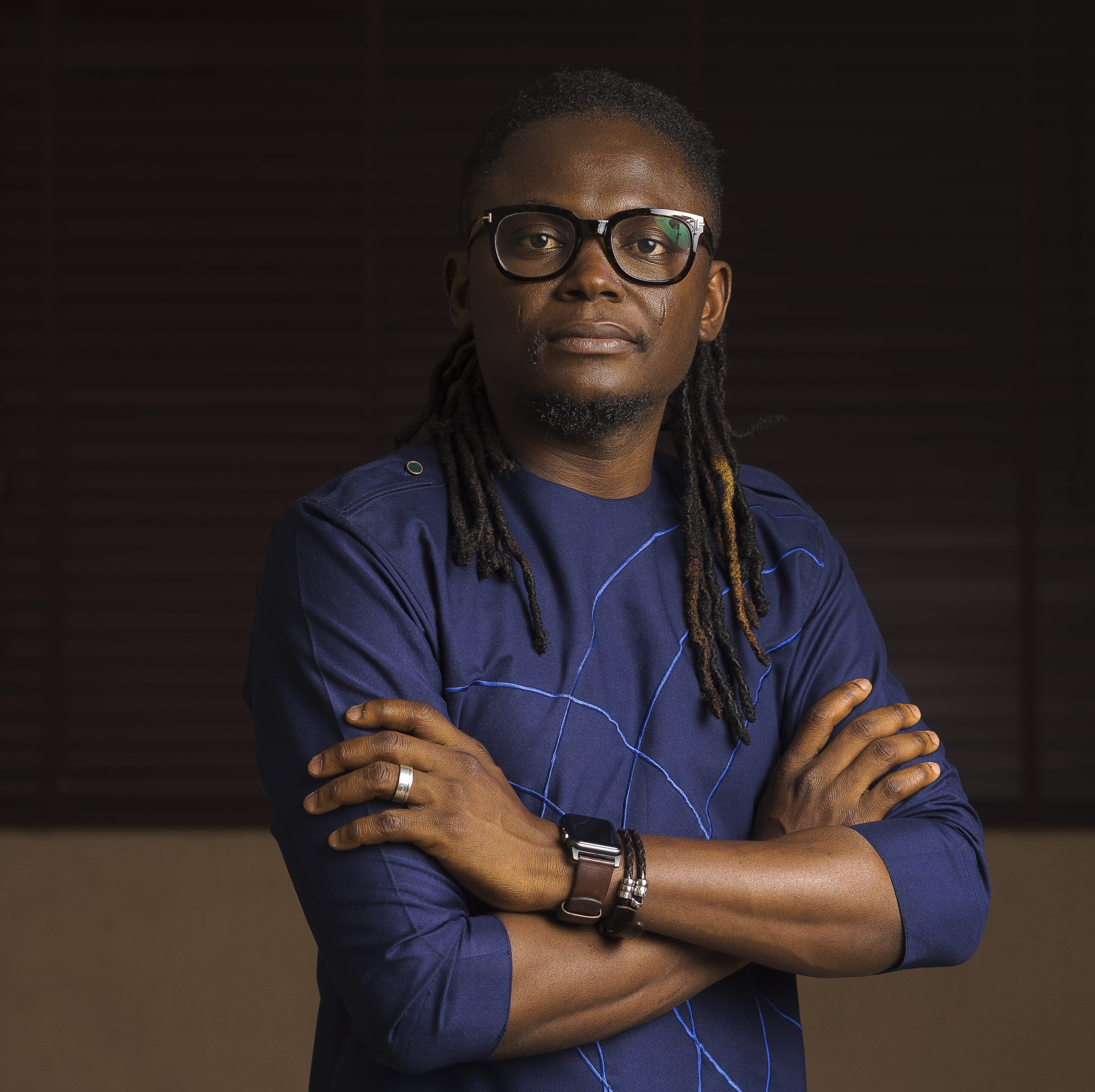
Another instrumental piece of his artistic development was his desire to conceptualize a world through his eyes. There was a need to move this conceptualization process to materialization, and since he never picked up a paintbrush, photography gave him the tools to complete this process. Naturally curious and able to effortlessly correlate concepts, Okereke soon understood his strength as an artist. “It is not so much outside the box as it is between the boxes. It’s not about inventing grand ideas but rather how you move between spaces. With a sense of multiple identities, you can go forward and backward, and yet, this would still mean moving forward.”
His next journey expanded his sense of self-identity and allowed him a more expansive perspective of Africa since he was no longer looking from within. Studying at the Ecole Nationale Supérieure des Beaux-Arts in Paris provided him with training at an infrastructural level but simultaneously limited his imagination. There were no references to the artists that he grew up loving and admiring or space to explore the real extent of the history of art.
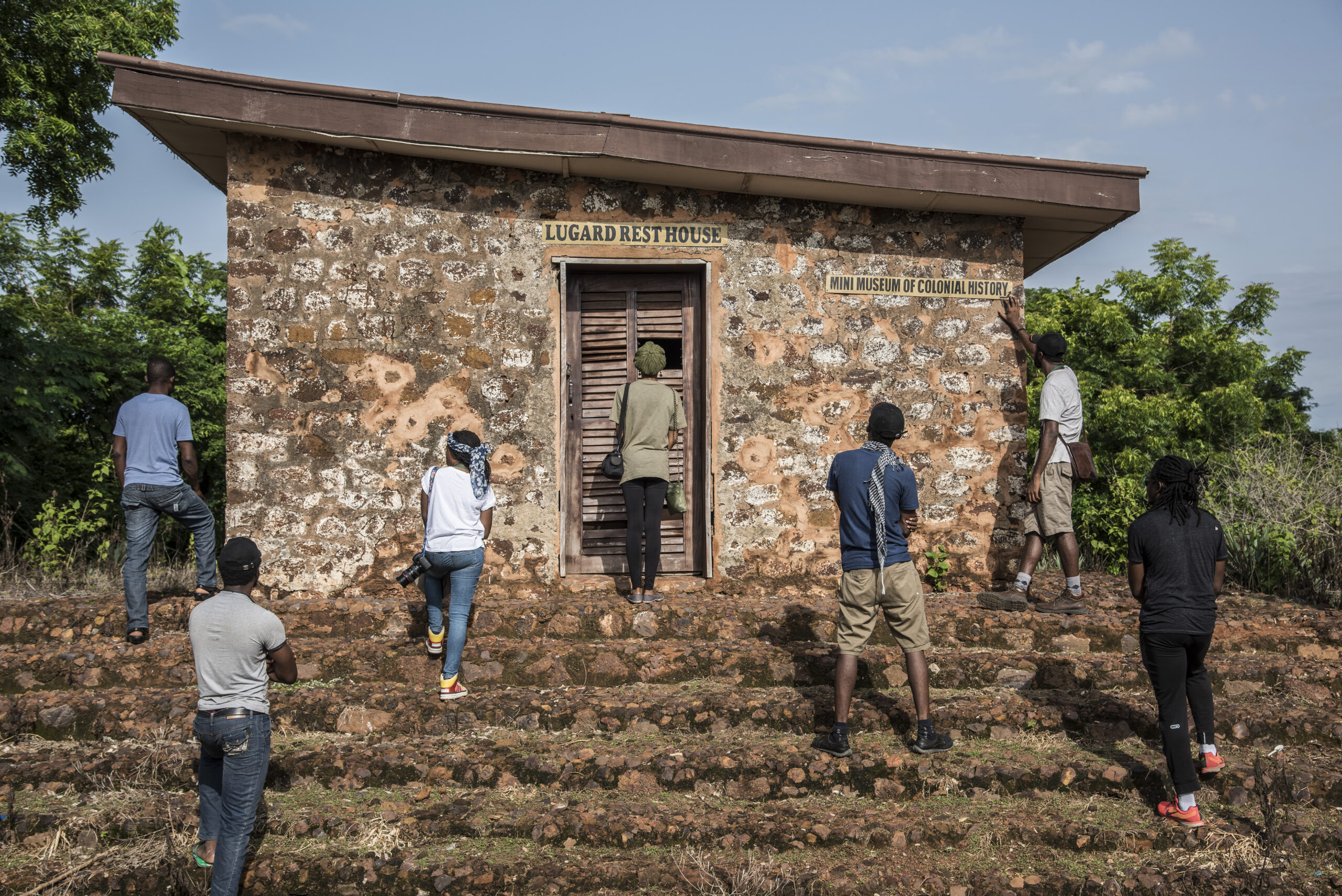
He reflects on the limitations of western teachings, “There’s a paradox in the sense of knowledge we see in the western world. There’s an apparent abundance of knowledge; museums, schools, libraries, but the approach and the way we digest, engage, and utilize knowledge is limiting.”
There was a deep desire to be part of something big, and Okereke understood that if he wanted to grow as an artist, he needed to get to know himself, step out, and access a whole world of available knowledge back home. This was the moment that prepared him for the journey that would shift the course of his life, the first trans-African road trip.
The purpose of art
Okereke is not a man of catchwords. Achievement is not part of his dictionary, as he aims to manifest.
So, when asked if he hopes to change the narrative around contemporary African art, he tells us that he’d rather focus on the process of creation and movement. Okereke prioritizes creating a space where young artists can absorb knowledge and learn how to stand by their perspective and logic, and then change will happen naturally, “Knowledge comes in many forms and places, but there’s a lot of ignorance attached to it. So the goal is to create a space for artists to redefine and reshape how we connect with the world around us. Change might not happen in my time, but that’s not the point, right? Because we are a manifestation of so many journeys of evolution… and when you think about it that way, it is beautiful that we’re able to do these things. Others will come, and narratives will change.”
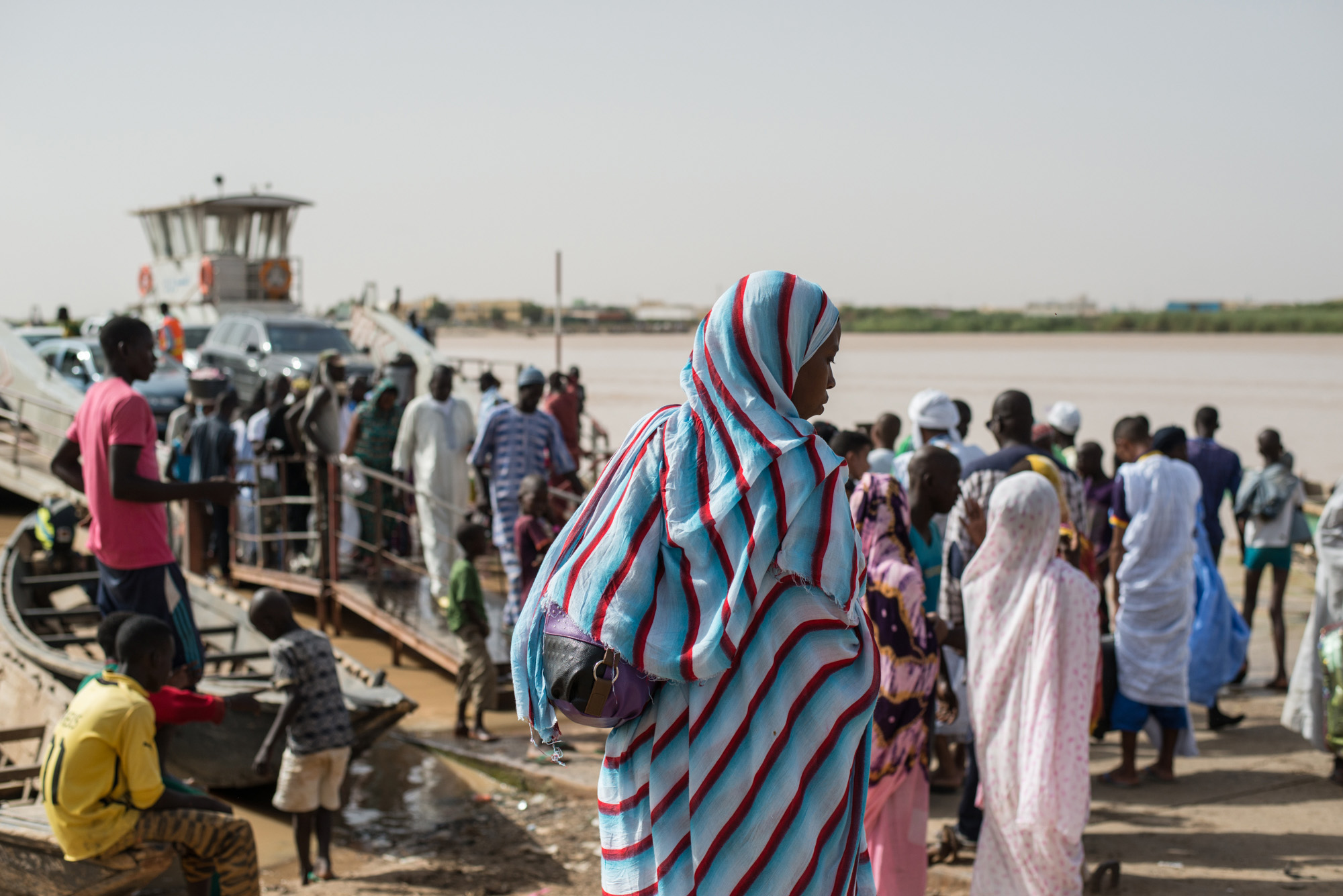
Okereke also takes some time to reflect upon the importance of collaboration. He likes to look at collaboration in the broadest sense of the word. Okereke believes that we are in a constant state of collaboration that transcends time and space. We collaborate with our ancestors and the spiritual world; we collaborate with the authors of the books we read and the people that pass through our lives.
“We are connected in ways that we cannot fathom. And we must always allow ourselves to be open to the magic of that connection.”
He urges us to beware of collaboration out of fear of putting ourselves out there alone and defends that collaboration should come from a place of sharing knowledge and expanding perspectives. “It’s about the uncomfortable moments, the shifts of perspective, the processing of insights, the reaching of new conclusions. It is messy, yet it is the only way of effective collaboration.”
How to support the project
With Invisible Borders, the goal is to put knowledge out there and make art accessible to everyone, with the intention of people grabbing the project naturally. Art does not belong exclusively in grand places. It belongs in our spaces, our homes, in our minds. It is meant to be shared.
To support the projects of Invisible Borders, you can donate at: https://invisible-borders.com/donate/
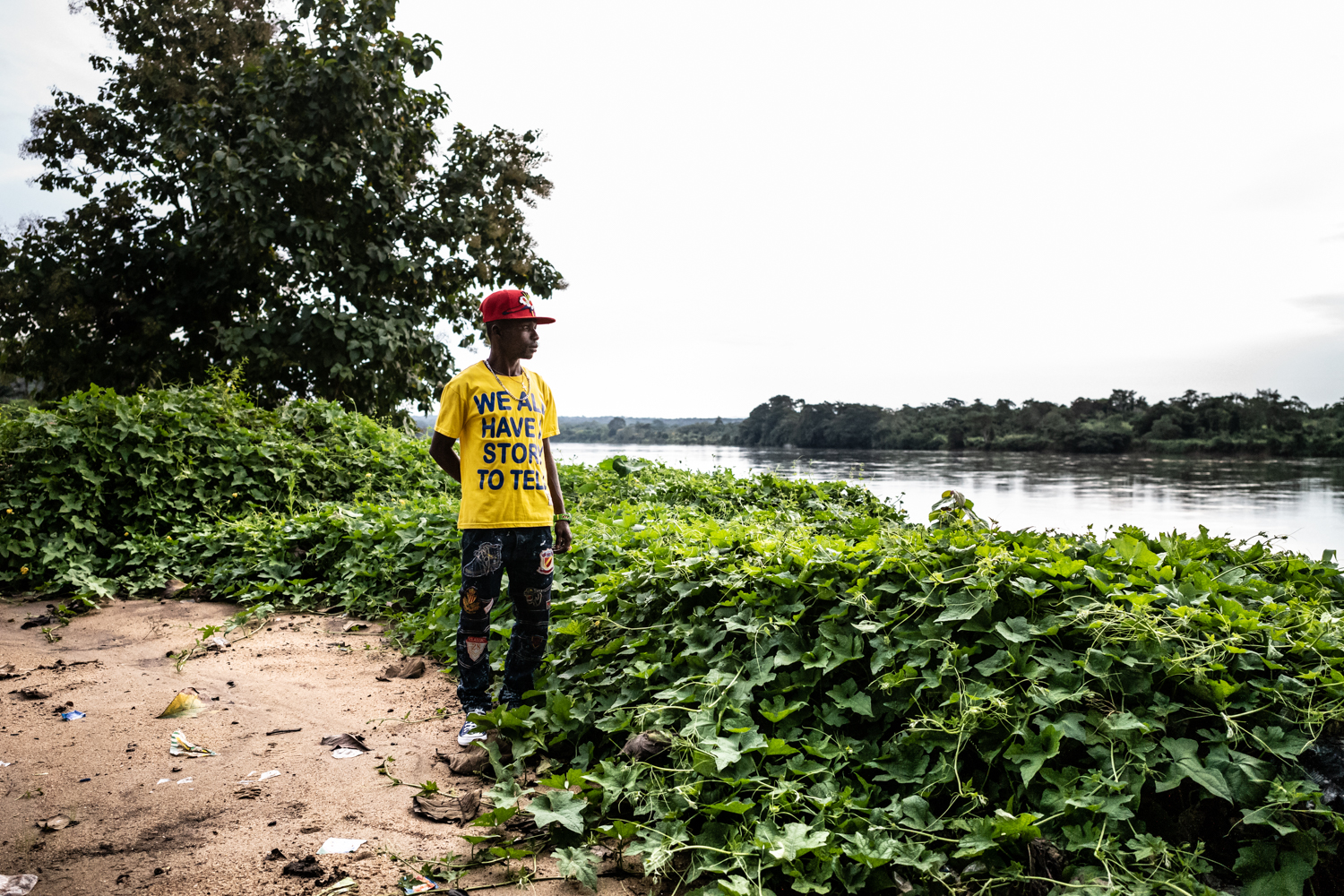
“The point is never to make the perfect road trip or to find that one road trip that will make me say: I have retired from the road trips. But I think the one perfect road trip will probably be the one I’ll make alone. And that’s the one I’m looking forward to.”
More by this author
The Wrap
- Emeka Okereke founded the Invisible Borders Trans-African Project to explore identity, movement, and collaboration through art.
- The project’s heart is the Trans-African Road Trip, where multidisciplinary artists journey across African countries to create and reflect collectively.
- Okereke believes art thrives in shared, lived experience, allowing creativity to unfold organically rather than through rigid themes or structure.
- His personal history, from childhood healing in Nigeria to studying in Paris, deeply informs his artistic and philosophical lens.
- Okereke challenges Western models of knowledge, advocating for expansive, African-centered frameworks of expression and self-discovery.
- Collaboration, to him, is spiritual and intergenerational, involving not just peers but ancestors, environments, and ideas across time.
- Collaboration, to him, is spiritual and intergenerational, involving not just peers but ancestors, environments, and ideas across time.




